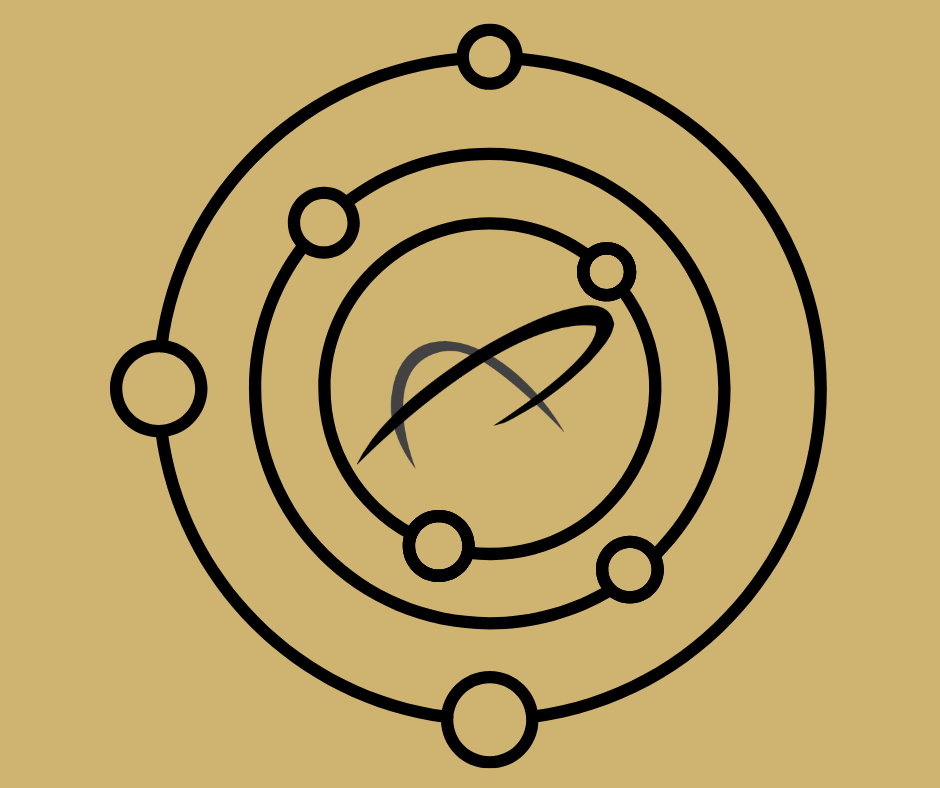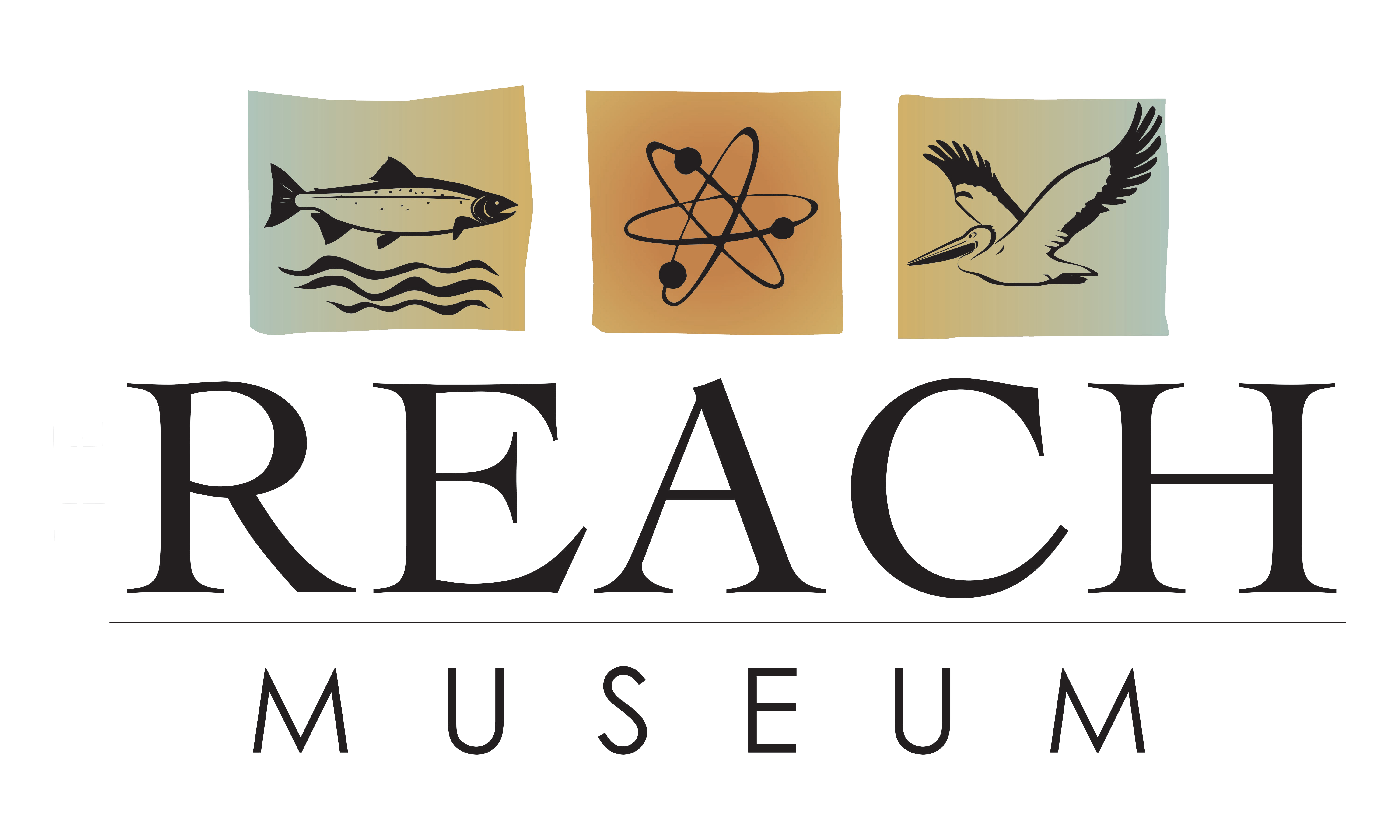The Hanford Reach Solar System project is a scale model of the sun and planets located throughout the Mid-Columbia River region in eastern Washington. The Hanford Reach of the Columbia River is the longest free-flowing section of the river remaining, and is significant for its connection to the Hanford Site as well as the native ecosystem preserved by the establishment of the Hanford Reach National Monument.

Hanford Reach Solar System Model
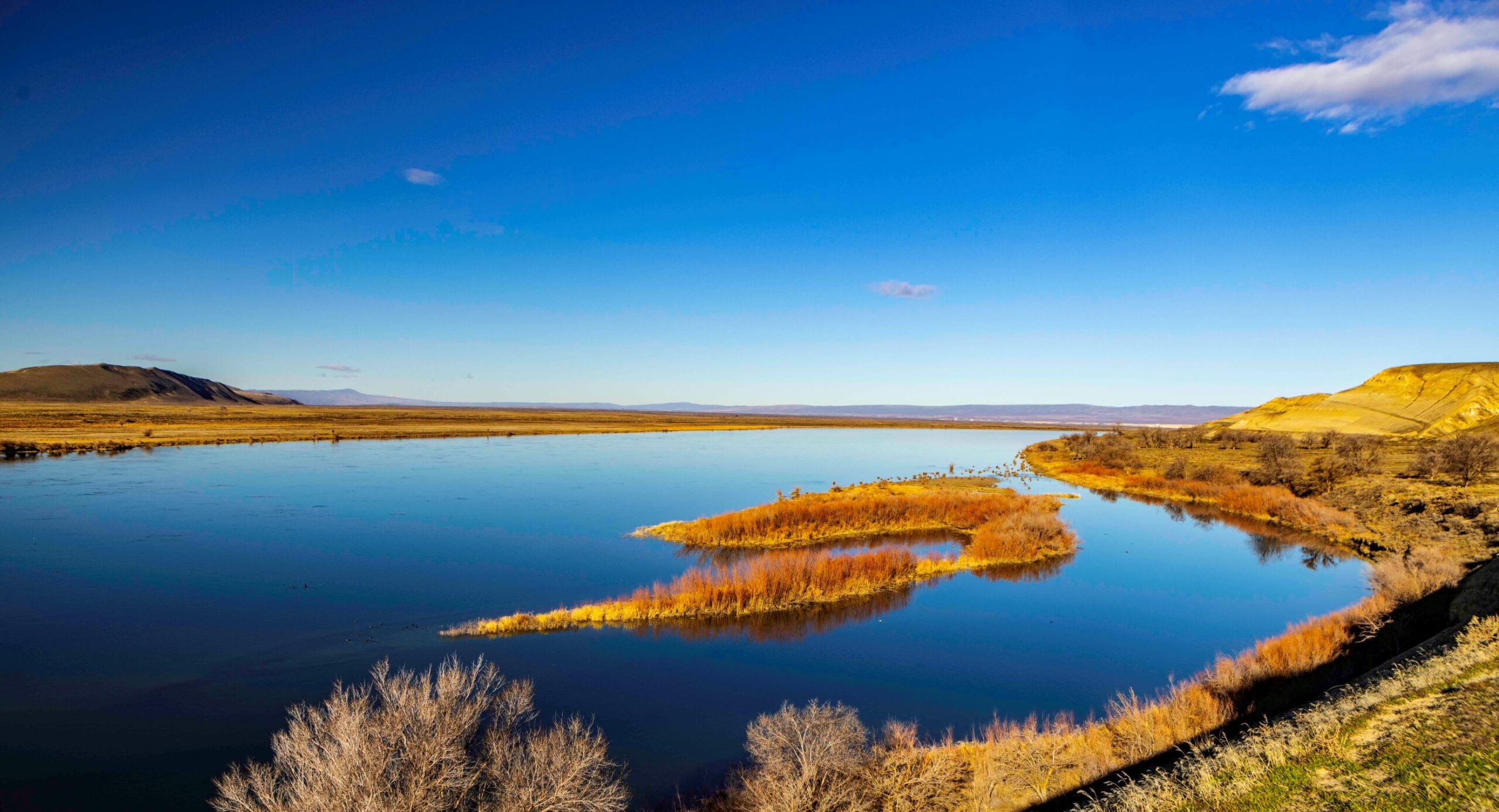
Hanford Reach Solar Arches on Winter Solstice
The center of the solar system model is a unique sculpture outside the REACH Museum in Richland. The sculpture’s arches suggest a 40-foot-wide sphere, and its shadows act somewhat like a sundial as it interacts with the environment, predicting the sun’s perceived movement throughout the year.
Visit the arches at local noon on the summer solstice, and the shadow of the lower arch aligns with the concrete circle below. The anchor points of each arch allow a viewer in the center of the stage to be aligned to the sunrise on both equinoxes and the summer solstice.
The space within the arches regularly serves as a stage for weddings and performances, including a scene in Mid-Columbia Ballet’s 2020 production of Clara’s Tri-Cities Nutcracker Dream.
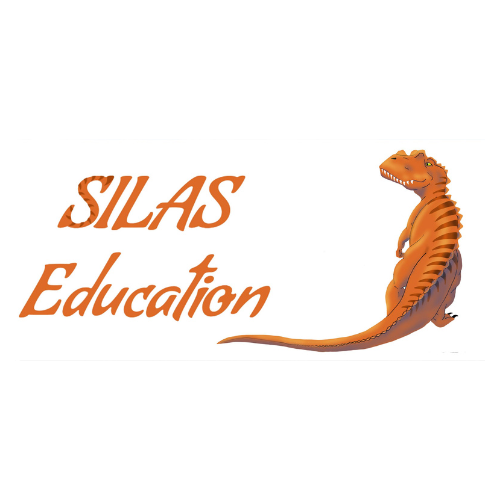
Local science teacher Trevor Macduff started the project as a teaching tool, calculating the scale of the planets and other orbiting objects with his students. The non-profit he founded SILAS Education continues to collaborate with the REACH Museum and donors to add to the existing structures and create educational destinations to the model throughout the region.
Orbital markers are being placed at locations along river trails to help learners visualize the vast distances of space. With the 40-foot sun located at the REACH (1943 Columbia Park Trail) how far would each of the planets be?
The orbits of Mercury and Venus would cross the river nearby at the Richland Wye, but Saturn is at the northern edge of Richland near the USS Triton Submarine Sail!
Trevor’s students also created concepts for planetary sculptures with scale-model spheres. Some of these have been fabricated by metal arts students at Kamiakin High School, and are displayed on the grounds of the REACH Museum (Earth and dwarf planet Pluto, with Jupiter and Mars coming soon.)
Larger-scale planetary sculptures will be placed at other locations throughout the region, with support from municipalities and business owners.
